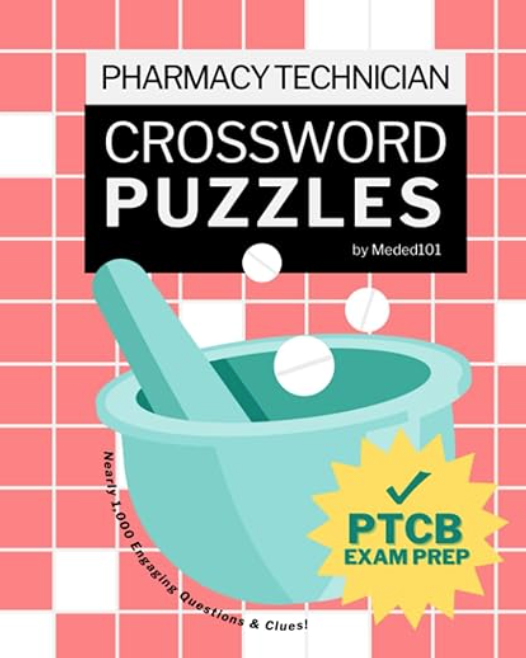Osteoarthritis is one of the most common pain syndromes in the aging adult. Medications are often used to reduce pain and increase quality of life. In this article, I will review osteoarthritis pharmacotherapy and discuss some of my most important practice pearls.
Location, Location, Location
One of the things that I look at first is where the pain is and how many joints are affected. I like to do this to help assess if topical medications can be utilized. If osteoarthritis pain is in numerous joints, it is difficult to avoid using systemic medications. If we have only one joint that is problematic (i.e. knee), then we may be able to use topical agents
Osteoarthritis Pharmacotherapy – Drugs of Choice
NSAIDs are going to be the go-to agent for many patients but this can be challenging in our geriatric, polypharmacy patients. When selecting osteoarthritis pharmacotherapy, we must be aware of potential contraindications and precautions with NSAIDs. Patients on anticoagulants or those that have CKD or heart failure are some of the more concerning ones where NSAIDs should be avoided if possible.
I go back to the location. If osteoarthritis pain is localized, we may be able to get away with using topical NSAIDs instead of systemic, This allows us to have a much better safety profile.
Osteoarthritis Pharmacotherapy – Alternatives
In addition to NSAIDs, we certainly have other options that may be considered. From a topical standpoint, we can consider the use of capsaicin. Recall that capsaicin depletes substance P which does take some time. Don’t anticipate an immediate response with this medication as it may take up to a week or two to begin to show efficacy.
Duloxetine is an SNRI that may have a role in managing osteoarthritis pain. If the patient cannot tolerate systemic NSAIDs or have a contraindication, duloxetine may be a consideration. If there is a compelling indication like depression or anxiety, this may give more preference for using duloxetine sooner.
What About Acetaminophen For Osteoarthritis?
When I was in school many years ago, we leaned on acetaminophen for osteoarthritis. It turns out that the efficacy is not that great, especially long term use. From the 2019 osteoarthritis guidelines;
“In clinical trials, the effect sizes for acetaminophen are very small, suggesting that few of those treated experience important benefit, and meta-analysis has suggested that use of acetaminophen as monotherapy may be ineffective (29). Longer-term treatment is no better than treatment with placebo for most individuals. Members of the Patient Panel noted that, for most individuals, acetaminophen is ineffective. For those with limited pharmacologic options due to intolerance of or contraindications to the use of NSAIDs, acetaminophen may be appropriate for short-term and episodic use. Regular monitoring for hepatotoxicity is required for patients who receive acetaminophen on a regular basis, particularly at the recommended maximum dosage of 3 gm daily in divided doses.”
In summary, NSAIDs are going to be the first line selection but many contraindications and precautions exist. Ideally, we would love to get away with using topical agents that are going to have a lower risk of adverse effects and drug interactions.
- 30 medication mistakes PDF
- 18+ Page Drug Interaction PDF
- 10 Commandments of Polypharmacy Webinar based on my experiences in clinical practice









0 Comments